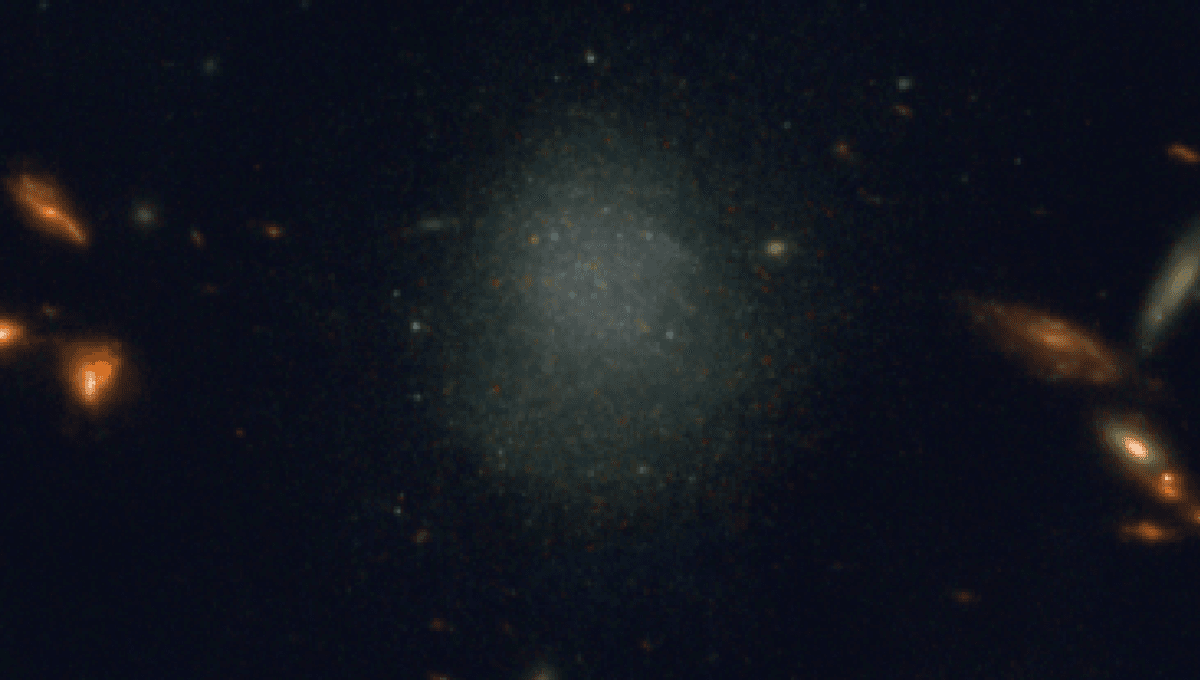
Dwarf galaxies tend to be found around larger galaxies, having formed around them. There is a small population of dwarf galaxies that is isolated and they are known for their vigorous star formation. Astronomers didn’t think that dwarf galaxies that were both isolated and had little star formation existed. Somebody must have forgotten to tell galaxy PEARLSDG that is impossible for it to be both quiet and alone. But, it seems that this small collection of stars is faring well without a care for our opinions.
Our models of the universe expect galaxies to form in certain ways and with certain levels of activity over time. Discovering objects like PEARLSDG by chance is therefore supremely enlightening. It tells us where the holes in our theories are. And the more of these “impossible” galaxies we find, the better we can understand galaxies as a whole.
“These types of isolated quiescent dwarf galaxies haven’t really been seen before except for relatively few cases. They are not really expected to exist given our current understanding of galaxy evolution, so the fact that we see this object helps us improve our theories for galaxy formation,” lead author Dr Tim Carleton from Arizona State University said in a statement. “Generally, dwarf galaxies that are out there by themselves are continuing to form new stars.”
The galaxy is in the same field of view as the Prime Extragalactic Areas for Reionization and Lensing Science (PEARLS) project that is being conducted with JWST. Dwarf galaxies have a tiny fraction of stars compared to regular galaxies like the Milky Way. Our galaxy has about 200,000 million stars, while the average dwarf has less than 100 million.
PEARLSDG is relatively close to us, about 98 million light-years. JWST’s keen eye can see individual stars, which helped with assessing the distance but also with discovering that not much is happening. Combined with historical observations of that sky in the same area, the team looked for evidence of young stars from particular features in wavelengths from ultraviolet to infrared. None were found.
The motion of the galaxy was also measured, showing that it is not being influenced by another other object nearby. It is truly an isolated dwarf galaxy that is not forming any new stars.
“This was absolutely against people’s expectations for a dwarf galaxy like this,” Carleton added.
The study is published in The Astrophysical Journal Letters.
Source Link: Small, Quiet, And Isolated Galaxy Is An “Impossible” Object